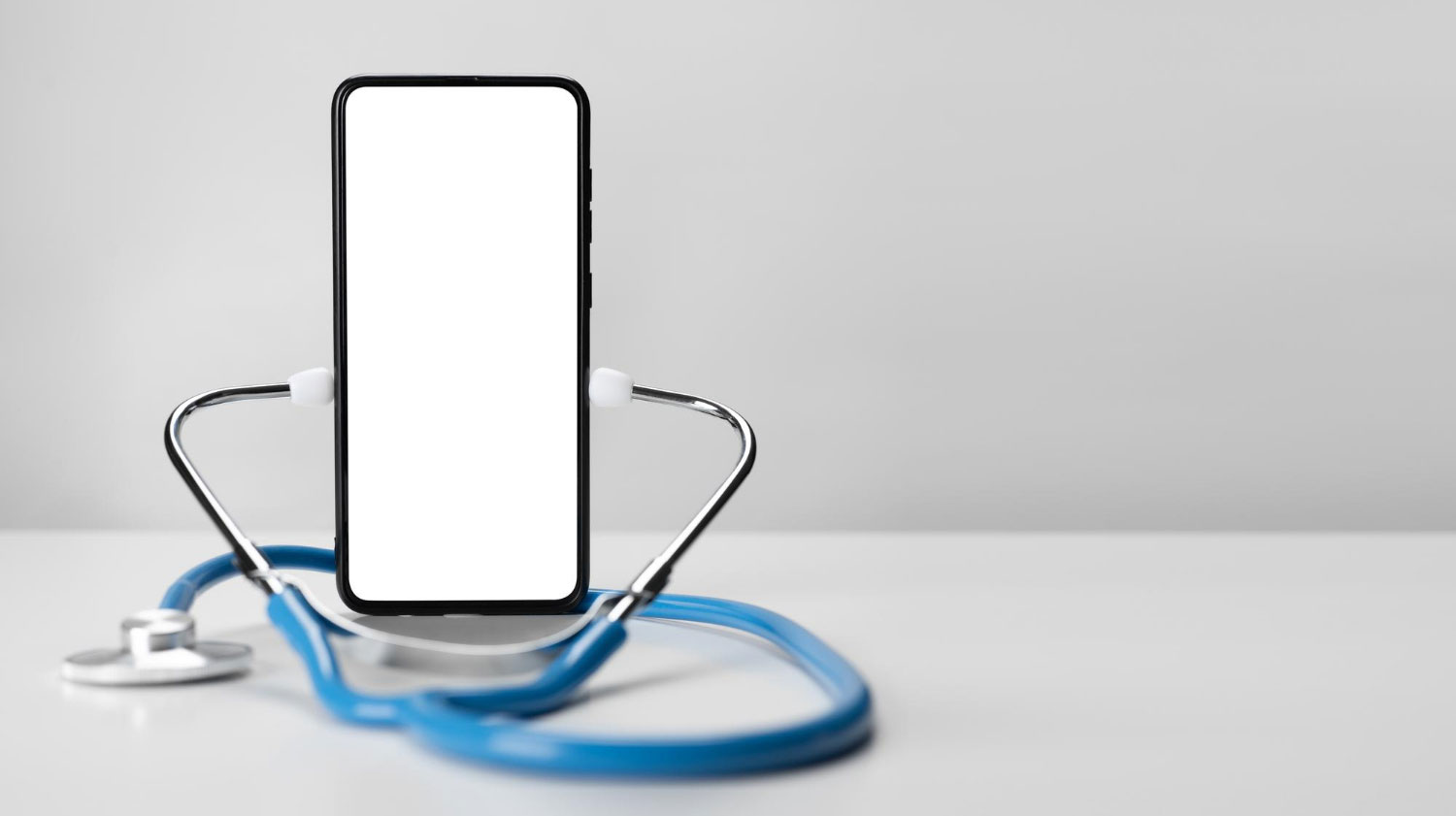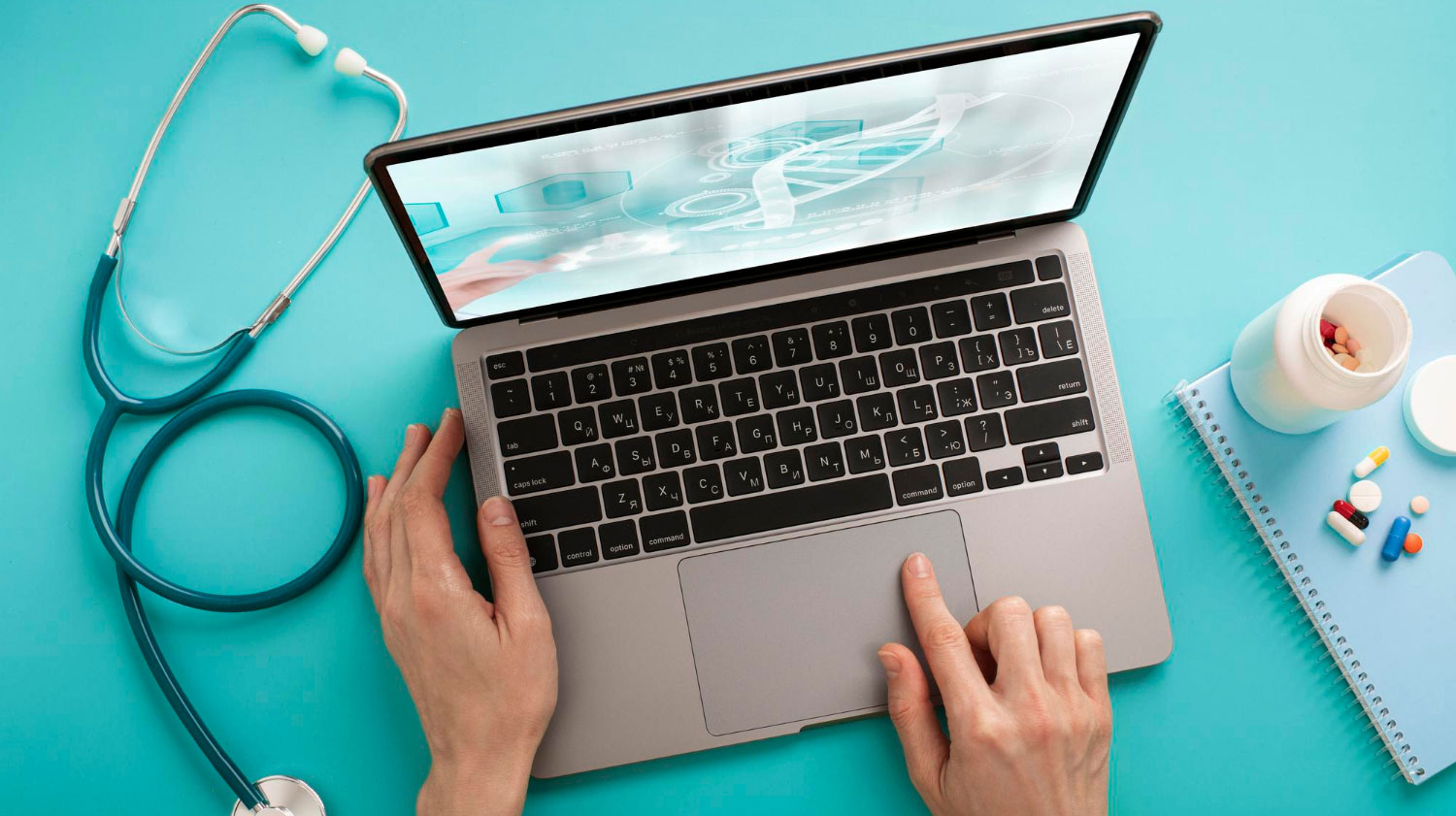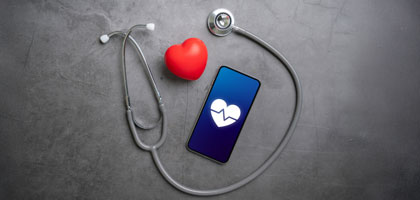
Blog
How Are Digital Technologies Transforming Preventive Health?
We live in a world surrounded by computers, smartphones, wearable devices, and the endless information the internet provides. This technological power is a key to protecting both personal and public health, moving beyond traditional health care delivery and uncovering new possibilities through preventive health.
Preventive health, which focuses on stopping diseases before they even develop, shifts healthcare from a reactive to a proactive approach. When this concept is combined with digital technologies, it facilitates patient engagement in their own care and supports informed decision-making processes for healthcare professionals.
In this blog, we explore how digital health technologies are reshaping preventive healthcare through data-driven strategies.

What is Preventive Health?
Preventive health, also known as preventative health, aims to avoid diseases and maintain wellbeing through proactive measures. It is based on routine monitoring and early intervention, instead of waiting for illnesses to develop. With this approach, potential health risks are identified early to prevent chronic conditions and improve overall health outcomes.
Preventive health services involve screenings for conditions like heart disease, diabetes, and cancer. Additionally, regular checkups, vaccinations, and counseling for healthy behaviors and addiction prevention are key components of the concept. These services are designed to detect health issues before symptoms appear, ultimately contributing to a longer, healthier life.

Which Digital Health Technologies Support Preventive Health?
Digital technologies support preventive health by offering real-time data access, early detection, personalized interventions, and continuous monitoring. In this section, we focus on some key digital technologies and their applications in preventive health.
Electronic Health Records (EHRs) and Data Analytics
EHRs offer a comprehensive view of a patient’s health history, including laboratory results, reports, radiological images, prescriptions and medications, vaccinations, and more. The integration of data analytics tools into EHRs facilitates the identification of health trends and potential risks, supporting both personal and population health management.
Our Personal Health Record (PHR) System allows patients to access and share their real-time health information anywhere, anytime. Through PHR, patients make informed health decisions and develop a healthier lifestyle.
On the other hand, healthcare professionals access patients’ data securely via our Clinical Viewer 360 which provides a holistic, real-time view of the patient’s medical history. Clinicians can analyze patient data for trends, outcomes, and performance metrics via this centralized system’s data analytics tools, enhancing clinical decisions for preventive interventions.
Artificial Intelligence (AI) and Machine Learning (ML)
The role of AI in preventive healthcare is transformative; AI algorithms analyze large datasets from various sources like medical images, genetic information, and lifestyle factors to identify patterns, predict disease risk, and provide personalized recommendations.
Our AI-powered early warning system, Predis, analyzes medication movements, prescriptions, and disease data on a national scale to predict future risks. This innovative system contributes to effective risk and resource management, ultimately supporting proactive population health management.

Mobile Health (mHealth)
Mobile health applications used via mobile devices promote self-care, healthy behaviors, and patient engagement. These apps can provide personalized recommendations and informative content to prevent the escalation of chronic conditions. Therefore, mHealth demonstrates exactly how technology prevents chronic diseases through accessible, personalized interventions.
Telemedicine
Telemedicine platforms facilitate virtual consultations, video calls with clinicians, and remote monitoring of patients. These platforms enable access to preventive health, especially for individuals in remote or underserved areas. Regular virtual consultations allow for early identification of potential health issues, medication adherence monitoring, and efficient management of chronic diseases.
Wearable Devices
Fitness trackers, smartwatches, and other wearables continuously monitor vital indicators such as heart rate, physical activity, sleep patterns, and so on. These devices empower individuals to proactively track and manage their health via real-time data and insights, promoting early detection and timely intervention.

What Challenges Affect Digital Preventive Health Adoption?
Although digital health technologies reveal the full potential of preventive health, several barriers hinder their widespread adoption:
- Digital Divide and Accessibility: Due to socioeconomic status, geographic location, or other factors, many individuals lack the necessary digital device or internet access to utilize preventive health technologies. Even with access, a significant portion of the population, like older adults, may lack the digital literacy or skills needed to effectively use health apps or telemedicine services, limiting their participation in preventive care.
- Data Privacy and Security Concerns: Many people are hesitant to share their health information with digital platforms due to concerns about data breaches, misuse, and unauthorized access by third parties. Because of the attractiveness of personal health data for cybercriminals, tech users are worried about their information’s privacy and security.
- Integration and Interoperability: Fragmented healthcare infrastructures do not support seamless data exchange between different systems. This prevents the comprehensive view of patients’ health data and hinders coordinated, proactive care.
- Regulatory Hurdles: The regulatory landscape for digital health is still evolving, and healthcare regulations vary by country and region. Digital innovations must comply with complex regulatory frameworks, which can delay adoption and implementation.

What are the Future Trends in Digital Preventive Health?
In the coming years, hyper-personalization wil become prominent; via advanced AI and ML along with real-time data from wearables and sensors, health recommendations and interventions will be ultra-tailored to each individual’s unique genetic makeup, lifestyle, and current health status. Instead of generic advices, individuals will receive highly specific guidance in the future.
In addition to personalization, predictive analytics will become more crucial for identifying health risks and threats much earlier than ever before. There will be also a significant expansion in digital therapeutics (DTx) which are clinically validated software programs that can be prescribed to prevent or manage specific health conditions. Moreover, telehealth is expected to seamlessly integrate into our daily lives, becoming a standard practice. Finally, there is likely to be great emphasis on mental wellbeing and social determinants of health (SDOH) through digital technologies; preventive digital solutions will encompass stress management apps, mental health support platforms, and tools addressing the societal factors impacting health.
Although there are some challenges, the future of preventive health looks promising, with digital innovations making healthcare systems smarter and more efficient.
Let’s shape the future together through data-driven prevention in healthcare!








